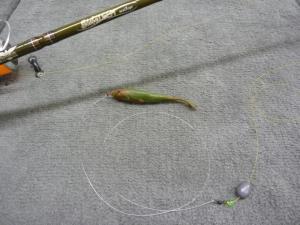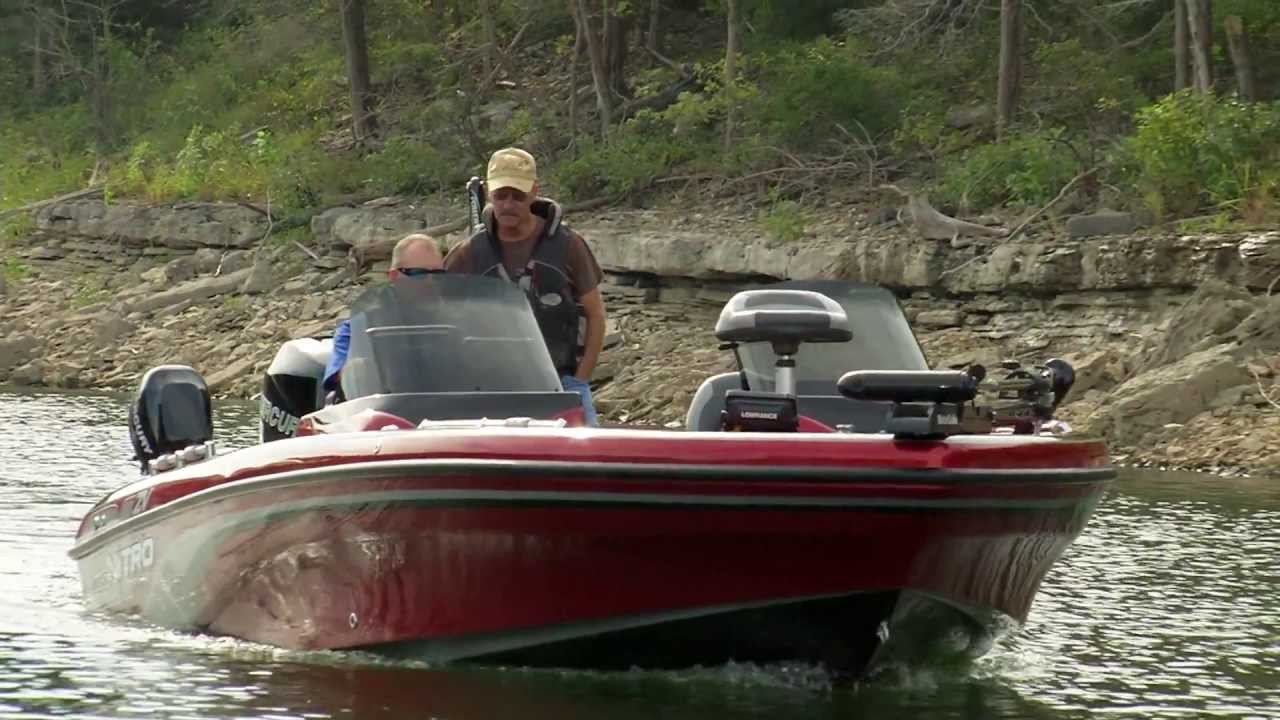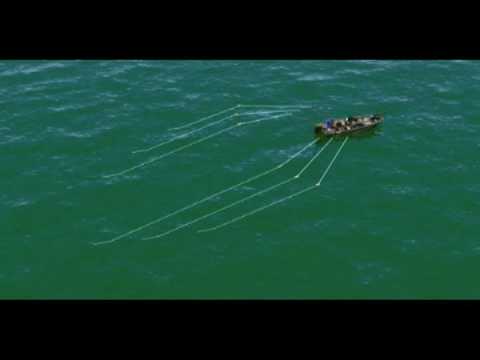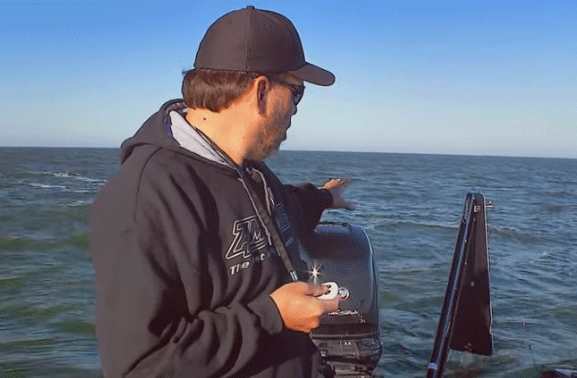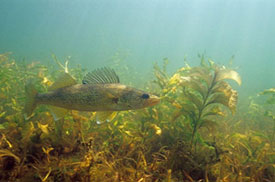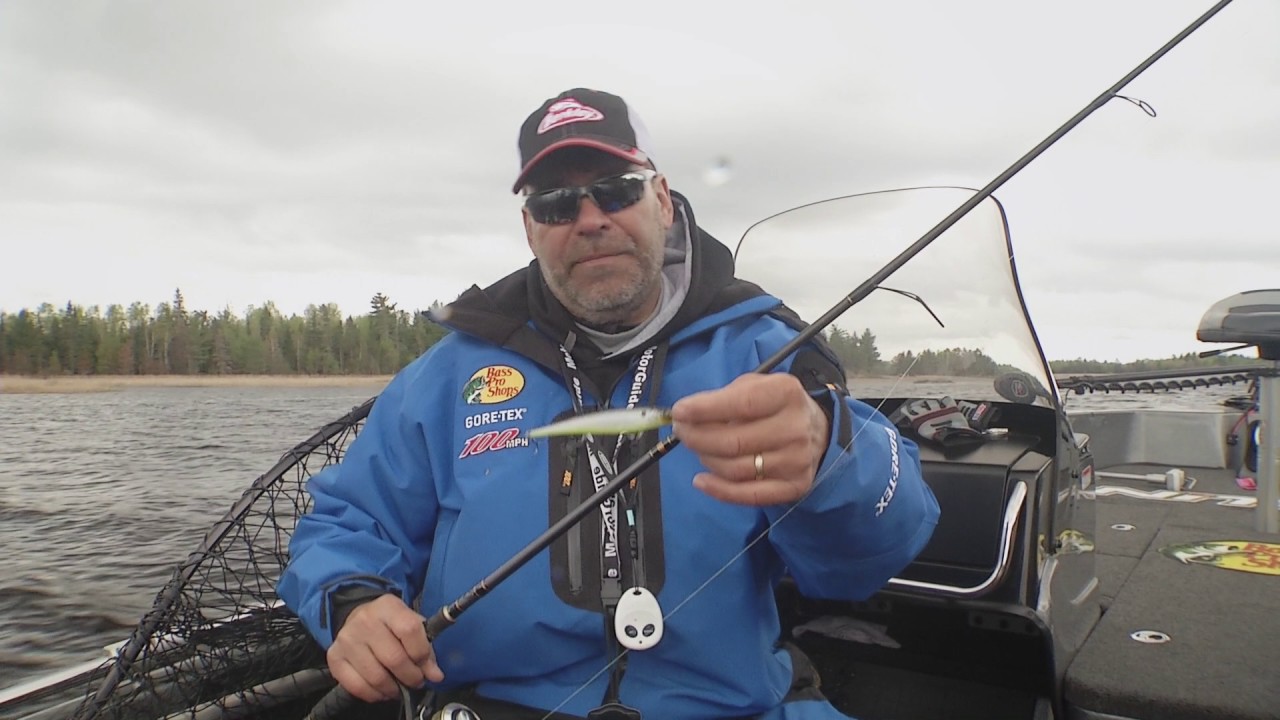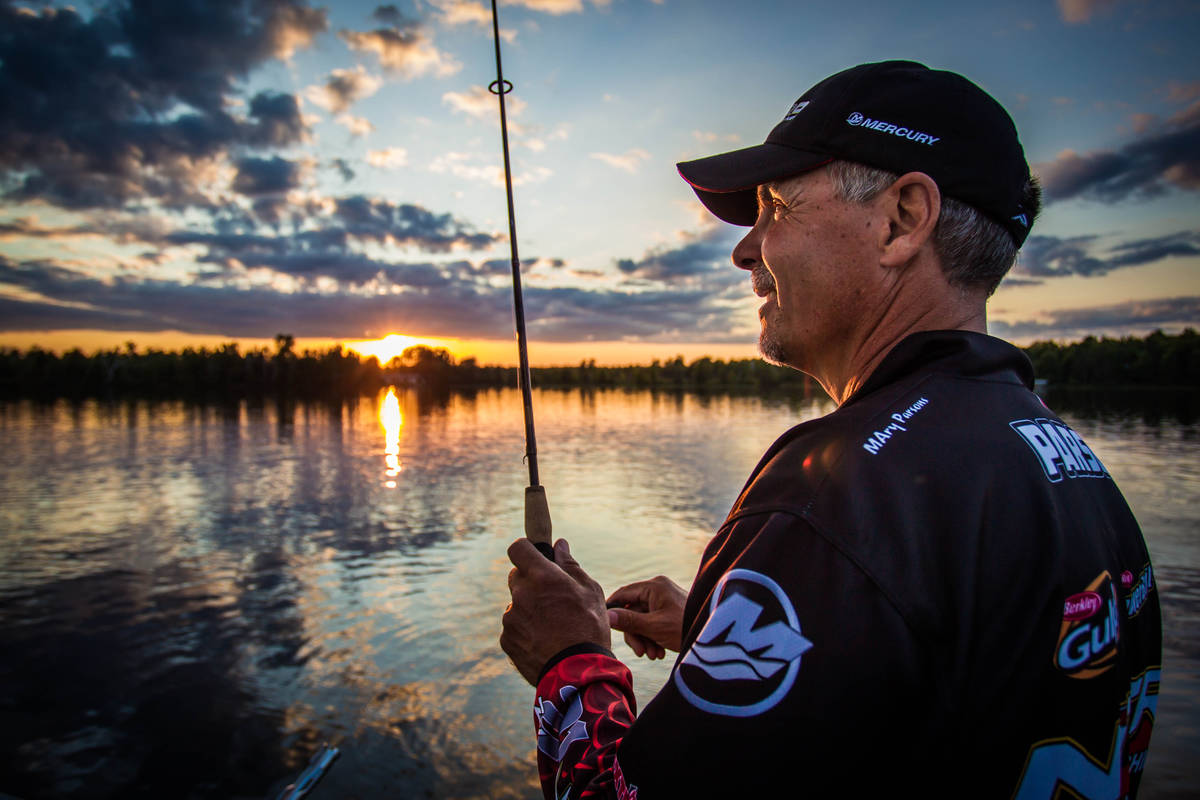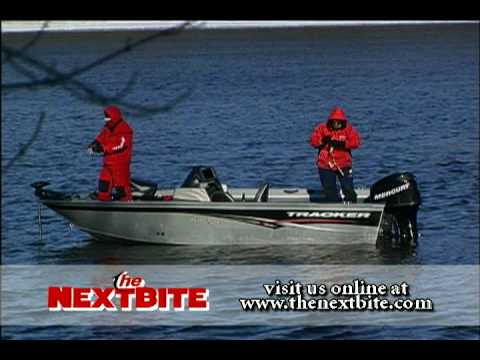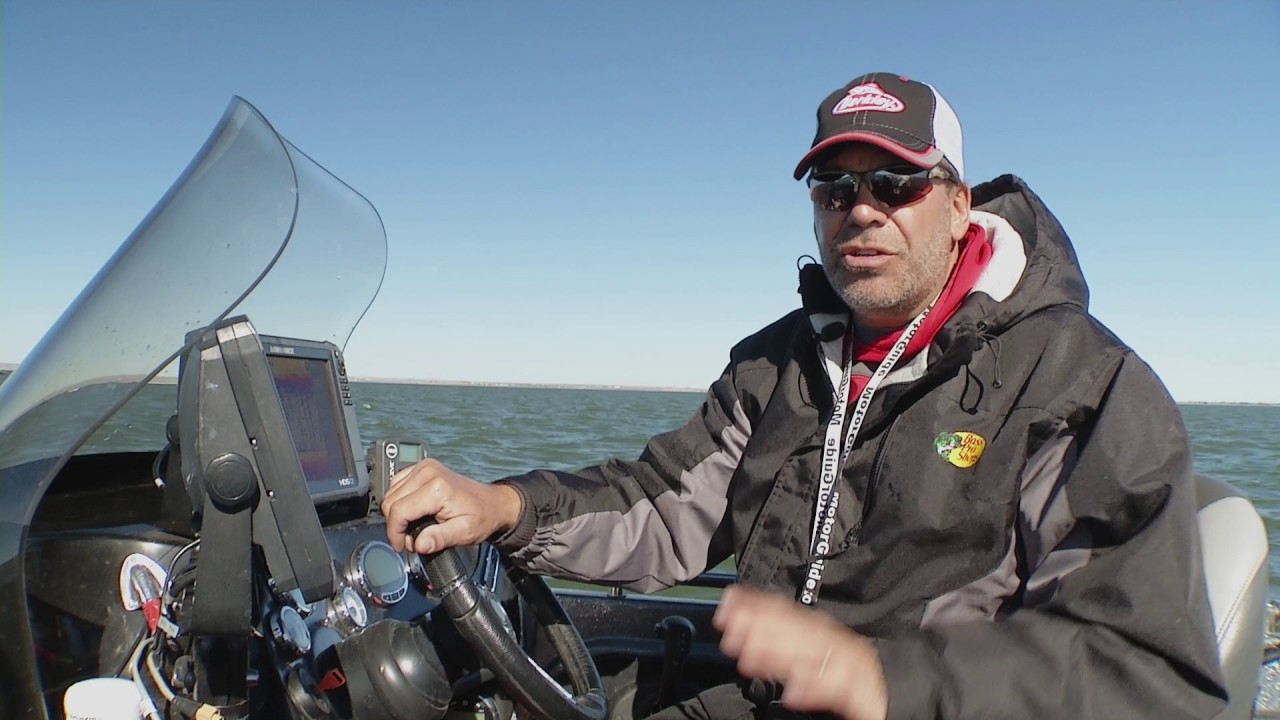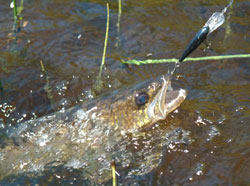
A lot of different crankbaits catch walleye. A few of these lures even catch walleye often, but only a handful of crankbaits catch walleye routinely. Amazingly, one particular size and shape of crankbait seems to produce walleye just about everywhere they are found.
It’s no coincidence that shad baits (particularly the smaller sizes) routinely take walleye in rivers, impoundments, natural lakes and in the Great Lakes. These baits produce well when casted to shallow water, trolled on planer boards in open water and even combined with lead core line to dredge the bottom.
The combination of size, profile, action and diving depth make this select group of crankbaits not only useful, they are down right deadly walleye producers. No doubt this is in part true because gizzard shad are among the most common and prolific of all baitfish. Widely distributed across walleye wonderland, shad populations tend to produce a large percentage of the total walleye diet. It’s widely proven that walleye will single out shad even when they have other forage types available to them.
Biologists tell us this phenomenon occurs because shad are soft rayed fish that are abundant, relatively easy for walleye to catch and more important easy to digest. The high amounts of fat and protein contained in shad make for an exceptionally nutritious meal and walleye rarely turn their nose up at a chance to scarf up a few gizzard shad.
Total Solutions Technique
Casting shad baits is a shallow water gig. The best action is going to take place in six to 10 feet of water where weeds, rocks, submerged wood or another cover type holds bait and walleye. Some of my favorite places to cast shad baits are along sea walls or piers. This creates a situation where there is relatively deep water tight to the bank. Walleye move in and herd shad up against metal sea walls, rip rap banks or other shoreline protection. It’s in this unique setting that walleye can literally feed on shad at will.
Because the smaller shad baits are lightweight, casting them requires spinning gear. A seven foot medium/light action rod/reel combination equipped with six pound test monofilament or super braid line is a good choice.
 Baits that are two or three inches long do the best job of matching the size of shad walleye seemingly prefer. Larger shad baits don’t seem to produce as many fish as the smaller sizes.
Baits that are two or three inches long do the best job of matching the size of shad walleye seemingly prefer. Larger shad baits don’t seem to produce as many fish as the smaller sizes.
Shad baits are also very effective when trolled in open water. Using in-line planer boards is the best way to use multiple lines and spread out the lure coverage. Stagger your lead lengths until you start catching fish, then zero in on the most productive lures, lead lengths and colors.
A third way to put shad baits into the walleye program involves the use of lead core line. Trolling shad baits in combination with lead core helps get these relatively shallow diving lures to greater depths. Lead core can be used to fish for suspended fish or to target walleye hugging the bottom.
The way lead core is rigged depends a little on where in the water column the angler needs to fish. For example, in rivers lead core is used to fish shad baits tight to bottom. Most anglers put three to five colors of 18 pound test lead core line on a reel and use a 10 to 15 foot leader of fluorocarbon line terminated with a small snap. The shad bait is attached to the snap and the boat is trolled slowly forward. The lure and lead core are let out until the angler can feel the lure bumping bottom. At this point a little line is reeled up to present the bait slightly off bottom.
The amount of lead core line it might take to reach bottom depends on water depth, trolling speed and the diving depth of the shad bait selected.
In open water trolling situations, lead core is also useful. For open water fishing where planer boards are often employed, the lead core is rigged as a segment between a monofilament backing and leader.
My favorite open water lead core rig consists of 150 yards of 10# test monofilament backing, knotted to 90 feet (three colors) of 18# test lead core line with 50 feet of 10# test fluorocarbon as a leader. With this rig, I let out the shad bait and all the lead core line. I adjust lure depth by how much backing material is let out.
Once I’m confident the lure is fishing at the depth I want, an in-line planer board is added to the mix. In-line boards do an excellent job of spreading out lines and also detecting strikes.
Total Solutions Equipment
Berkley produces two outstanding shad baits including the Flicker Shad 5 and Flicker Shad 7. Both these lures are the right size to trigger walleye bites on most waters.
The best line for casting these small shad baits is Trilene XL in six or eight pound test. Berkley Fireline in 10/4 size is another excellent option for casting light crankbaits.
For trolling open water, I prefer Trilene XT 10# test line. The leader material used when fishing lead core line should be fluorocarbon. My choice is Trilene 100% Fluorocarbon Pro Grade in 10# test.
The ideal backing material for segmented lead core rigs is Trilene XT in 10# test.
Shad baits are one of the most productive crankbait groups on walleye. Not only do they match the hatch for size, but they just seem to have the tight action walleye rarely refuse.
Berkley® Flicker Shad |
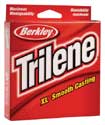 Berkley® Trilene XL® |
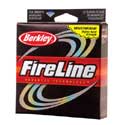 Berkley® FireLine® |
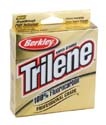 Berkley® Trilene® 100% Fluorocarbon |

